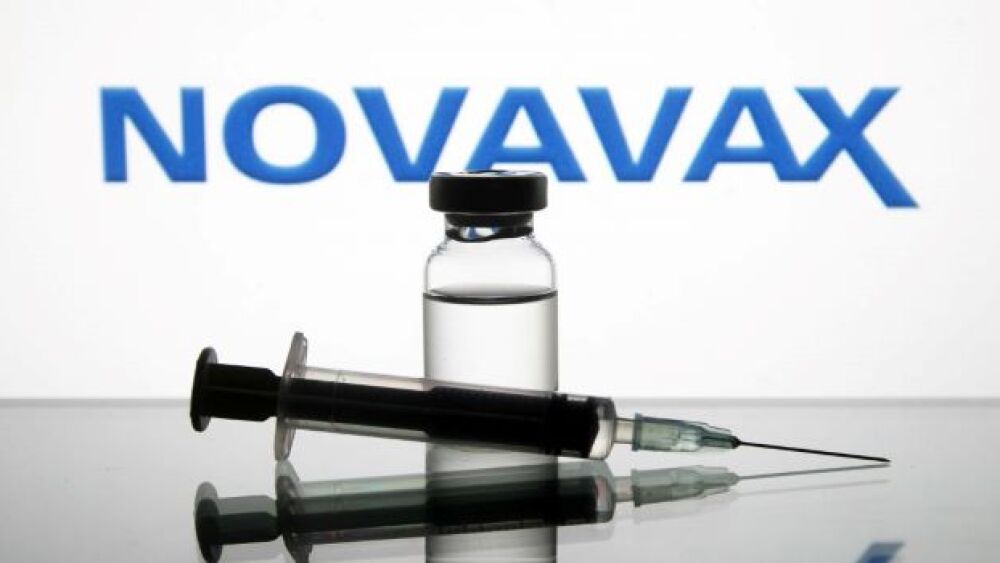January 10, 2017
By Mark Terry, BioSpace.com Breaking News Staff
Boston-based Vertex Pharmaceuticals presented at the JP Morgan Healthcare Conference being held in San Francisco, laying out its plans for growth in 2017. Keith Speights, writing for The Motley Fool, describes the five points Vertex is using at its roadmap.
1. Close on Reimbursement Deals
Two years ago, in 2015, Vertex started marketing Orkambi, for cystic fibrosis (CF) in the U.S. It also picked up approval in the European Union. To date, about 9,000 patients have received treatment. Vertex projects it can grow to 25,000, but to do so it needs to close those deals in Europe.
Speights writes, “Vertex’s challenge is that it must negotiate country by country. The company thinks it can generate $1.1 to $1.3 billion in sales for Orkambi in 2017, but that range is highly dependent on European countries finalizing reimbursement of the drug.”
2. Label Expansion
Vertex’s Orkambi and Kalydeco have the potential for label expansion. If it can do that, it projects a possible 44,000 patients. For Orkambi, most likely the easier bet, the company already has late-stage data for label expansion in Europe for treating children ages six to 11. A study in children ages two through five is ongoing.
Speights writes, “For Kalydeco, the biggest opportunity is in treating the roughly 5,000 patients with residual function mutations. Unfortunately, Vertex has already been turned down once by the U.S. Food and Drug Administration (FDA) for approval of the drug in treating these patients.”
3. Next-Generation Products
Specifically, what Speights is calling “next generation correctors for cystic fibrosis.” It had three clinical trials featuring triple-combination treatments that should generate data in the second half of the year. They all include tezecaftor and Kalydeco in addition to a next-generation corrector. Two are Phase II studies.
4. Partnerships
Specifically, partnerships utilizing genetic approaches to CF. So far it already has two partnerships. In 2015, it inked a deal with CRISPR Therapeutics to option up to six programs. CRISPR received $75 million upfront from Vertex, and Vertex invested $35 million in equity. In July 2016, Vertex inked a deal with Moderna Therapeutics to develop messenger RNA (mRNA) approaches to CF. It’s a three-year collaboration. Vertex paid Moderna $20 million upfront. Vertex also invested $20 million in a Moderna convertible note that will convert to equity. Developmental and regulatory milestones to Vertex could also hit $275 million, including $220 million in approval and reimbursement milestone payments. There are also tiered royalty payments on any future sales.
5. The Always Popular, Grow Revenue and Control Expenses
Vertex, despite its ambitions, claims it should be able to control costs, projecting only modest operating expenses growth. Speights writes, “Leiden announced that Vertex is projecting 2017 revenue between $1.79 billion and $2.01 billion. Orkambi should experience solid sales growth, while Kalydeco’s sales should be flat year over year. Non-GAAP operating expenses (research and development plus sales, general, and administrative expenses) in 2017 are expected to be between $1.25 billion and $1.30 billion.”
Adam Feuerstein, writing for The Street, also notes that Vertex, often mentioned as an acquisition target, is considering making its own buys beyond CF. The company’s chief operating officer, Ian Smith, in an interview at the JP Morgan conference, say, “We, of course, look at everything in cystic fibrosis. But we also have an interest in diversifying the pipeline beyond cystic fibrosis.”
Potential areas would be in rare, orphan and inherited diseases, such as Huntington’s disease, sickle cell disease and spinal muscular atrophy.





